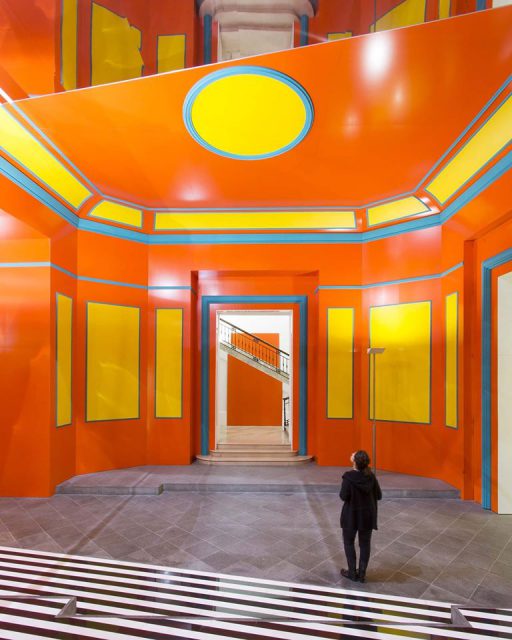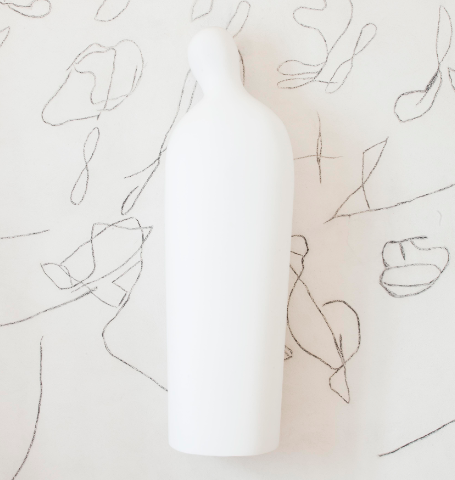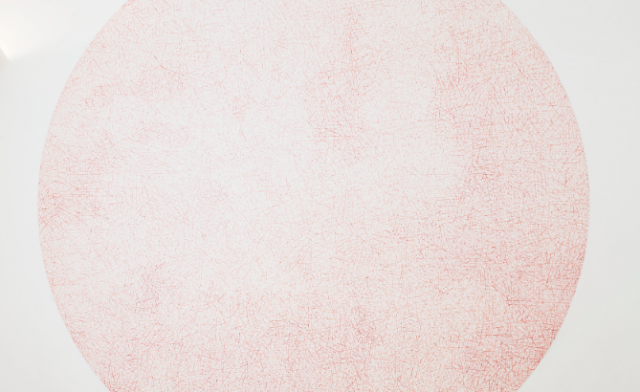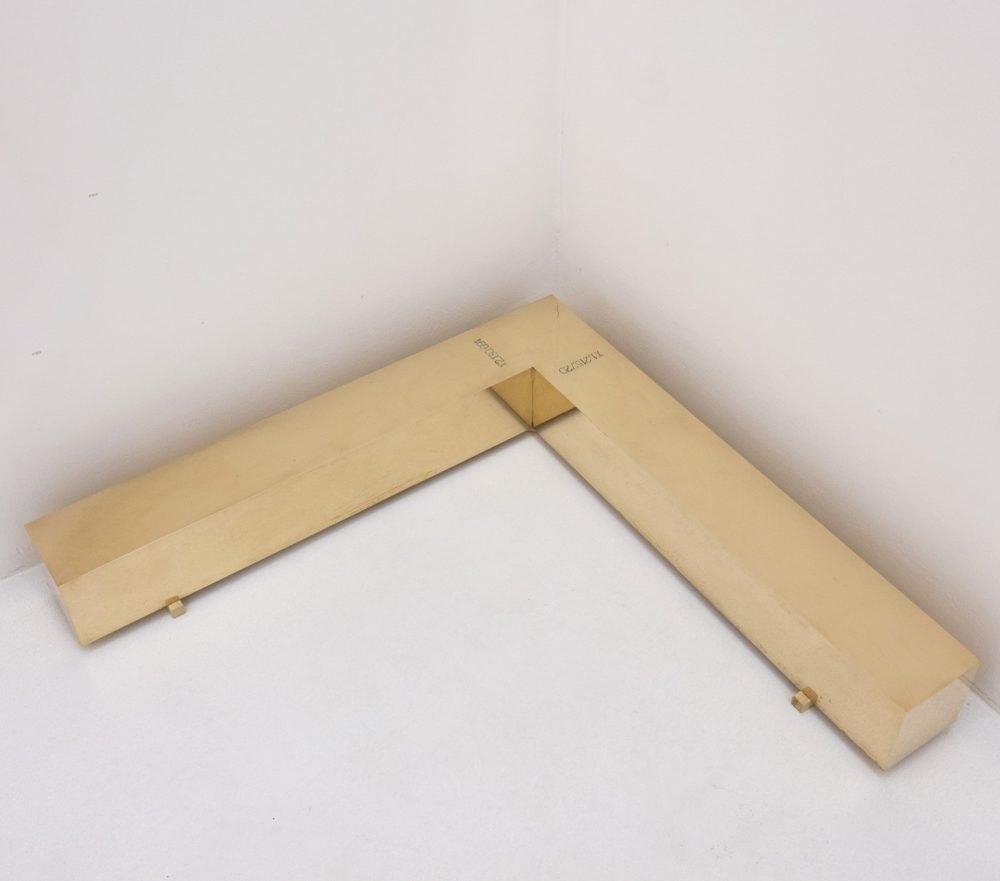Axer / Désaxer. Lavoro in situ, 2015, MADRE , Napoli – #2 has been specially commissioned by the Madre museum in 2015 to the French artist Daniel Buren (Boulogne-Villancourt, 1938) to celebrate the relationship between the museum and its community, on the occasion of the first ten years of the museum’s activity. One of the most important contemporary artists, Buren is the author of a work in which the visual value is always associated with the theoretical, and whose emblematic element could be summed up in his comprehension and use of the notion of in situ: an expression that the artist himself indicates as the stringent interplay between his works and the exhibition and urban venues where they are created.
Axer / Désaxer. Lavoro in situ, 2015 , MADRE, Napoli – #2 consists of an intervention of architectural dimensions, specially conceived by the artist for the Madre’s atrium. Obliquely set on the street in front, the museum building is made to “rotate” by the artist’s intervention so as to replace it on the axis towards Via Settembrini before it. Through black and white stripes 8.7 cm thick (one of the recurrent features of the artist’s in situ works) the entrance floor suggests an unusual escape route and a potential perspective axis rectilinear to the road axis, so that the museum emerges from itself to embrace the city around it, while a structure-pavilion, consisting of colored surfaces and mirrors, reverberates and enhances this new isometrie imagery. In this way, the artist acts on the viewer’s standpoint, creating an area of perceptual and cognitive mobility, of vision, mediation, mutual attraction and communion, in which interior and exterior, museum and community penetrate into each other and merge. Each visitor is thus welcomed and invited, literally at a glance, to be part of the work, to actively participate in the relationship it celebrates between the institutional sphere and public dynamics. The project ultimately becomes a veritable collective celebration of the museum and its visitors, both integral and collaborating elements in the concept of the work in situ. To inscribe the works in the context in which they are exhibited, relating to the social mission that motivates the museum as institution, counterposing a modernity that does not seek the contrast with the urban sphere or the historical dimension, but enhances the matrix: this is the significance of this work.
Trained at the École des Métiers d’Art in Paris, Buren has based his research and production, ever since the mid-60s, on curtain fabric with a pattern of alternating white and coloured stripes with a standard thickness of 8.7 cm. A choice of rigour and method aimed at attaining the essential that explores and questions the limits of paintings. More recently, since the 80s – with exceptional continuity and consistency in the plural approach to the context of presentation of the work in situ – Buren has gradually combined the creation of works within the museum format with architectural installations in public spaces. One of the most influential exponents of historical reflection on institutions that developed between the 60s and 70s, termed Institutional Critique, Buren is closely associated with the city of Naples, where he has worked on several occasions (beginning with his exhibitions at Lucio Amelio’s gallery in 1972 and 1974, down to the exhibition at the Capodimonte Museum in 1989). After his participation in some of the most important exhibitions in recent decades, from When Attitudes Become Form (1969) to various editions of Documenta (1972-1982), in 1986 the artist participated in the 42nd Venice Biennale, winning the Leone d’Oro for the Best National Pavilion. Solo exhibitions have been devoted to his work in the world’s most important museums. Notable among his many works in situ are Les Deux Plateaux in the main courtyard of the Palais Royal (1986) and Excentrique(s), created also in Paris at the Grand Palais on the occasion of Monumenta (2012).
AV-EV
Curated by Andrea Villani, Eugenio Viola
Curatorial Coordination Silvia Salvati; coordination of the Exhibition Design Dolores Lettieri
Thanks to GALLERIA CONTINUA, San Gimignano-Beijing-Les Moulins-La Habana; Studio Trisorio, Naples



